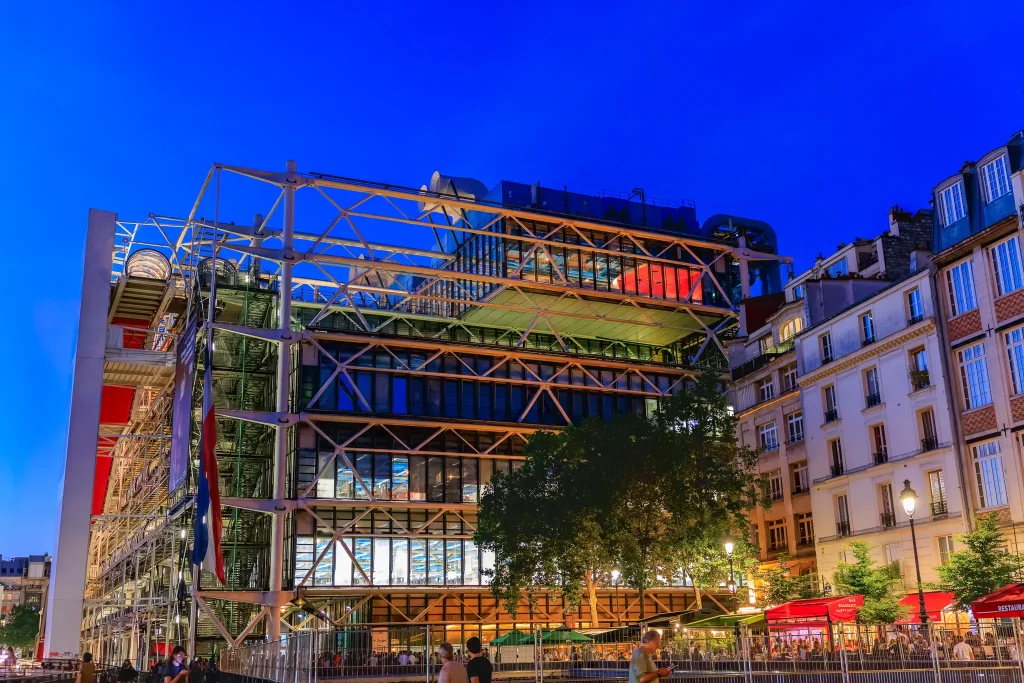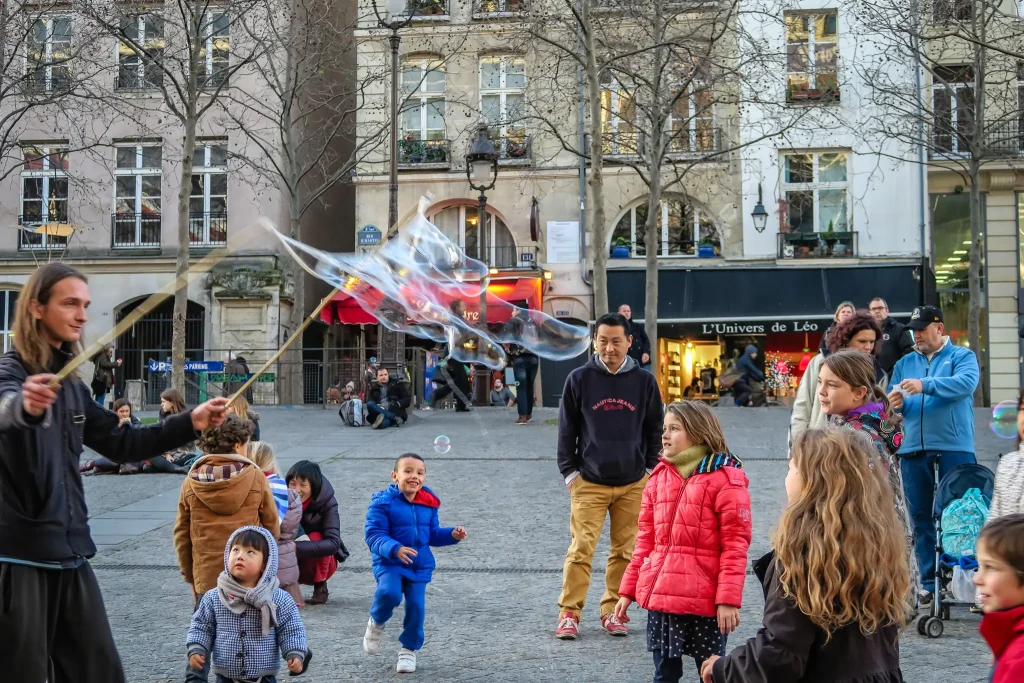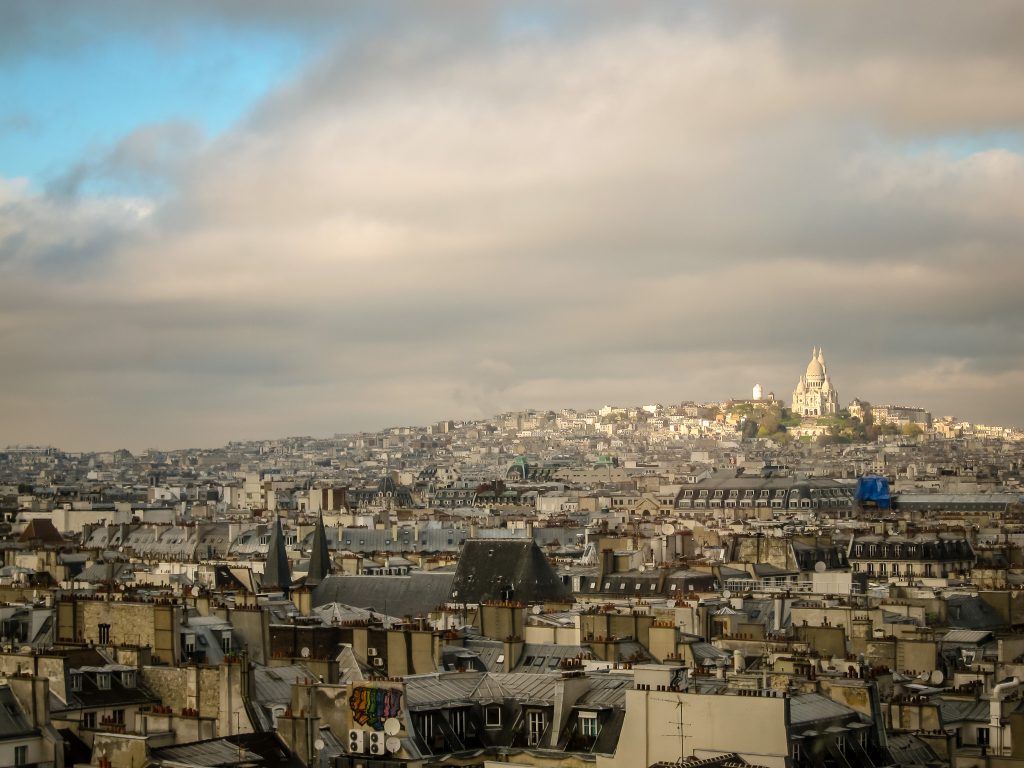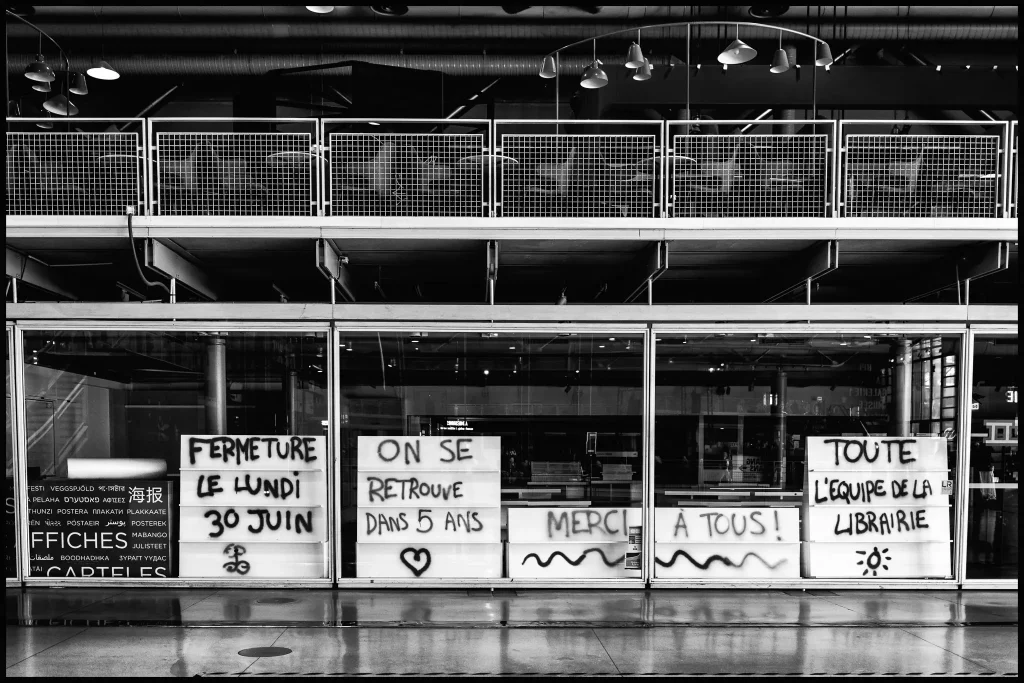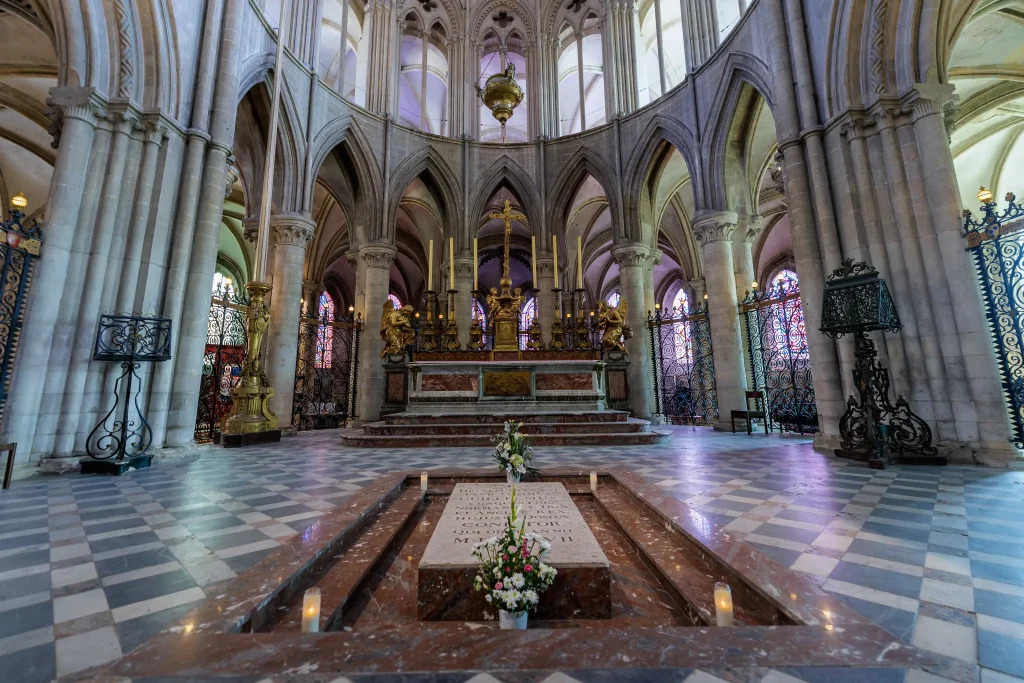For nearly fifty years, I’ve carried a love of Paris. For a long time, I thought it was an inheritance—a gift from teachers, photographers, French cousins, and friends. But only recently have I realized that Paris now belongs to me.
The seeds were planted early by my very first French teacher, Mrs. Stewart in Pittsburgh, who always made me feel valued and welcome. She made French not just a subject but a joy—something expansive, a new world opening before me. Later, a college professor urged me to take my first trip to France—a visit that included meeting my French cousins, who graciously introduced me to the City of Light and its culture, followed by a month at the University of Aix-en-Provence.
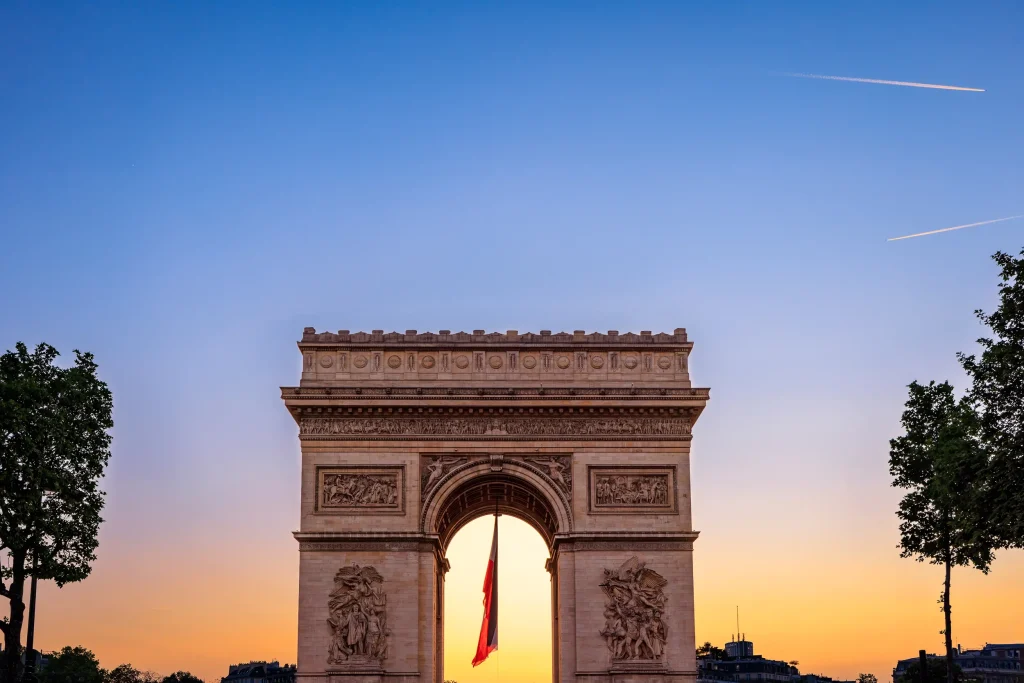
In Paris, seeing the Eiffel Tower and the Champs-Élysées for the first time was overwhelming. I didn’t just see grandeur; I felt the weight of history that has transpired there. Standing on the Champs-Élysées, I was struck by the horror of Nazi Germany marching down it in victory on June 14, 1940, and the profound relief and pride of the American and French armies liberating Paris on August 25, 1944. The German occupation lasted just over four years, and the liberation, led by French and U.S. forces, was met by jubilant Parisians in the streets. That same day, Charles de Gaulle entered the city to proclaim, “Paris! Paris outraged! Paris broken! Paris martyred! But Paris liberated!” The following day, he marched triumphantly down the Champs-Élysées, embodying the spirit of France restored. The weight of those moments in history made me appreciate even more the resilience and beauty of the city I was discovering. I think of those events every time I see the Champs-Élysées.
Yet Paris was only the beginning of my French journey. In Aix, I met a teacher from the Flemish-speaking part of Belgium who shared my love of the country and its language. And I met Marica from Mexico, who was simply fun to be with. One day we rented a paddle boat on a lake in the south of France. We lost track of time, missed our bus back to Aix, and ended up laughing as a kind stranger gave us a ride to the train station so we could make our way home. It’s a small story, but one I treasure—a reminder of youth, friendship, and the kindness of strangers.

That same summer, I discovered the music of Véronique Sanson. I loved her then and still do now. I remember listening to her voice while visiting the calanques of Cassis, marveling at their sharp white cliffs and turquoise but icy water. Somehow, the beauty of those landscapes fused in my mind with the beauty of her songs. Even now, hearing her music carries me back to that summer.
After moving to Washington in 1979, I kept up my French. At Georgetown University and the Alliance Française de Washington, I found kind and influential teachers who nourished my love of France and its language and culture. Through them, Paris stayed alive for me, even when I was far away.
I wish I had photographs from my first trip to France. I’ve since learned that even imperfect photos are worth keeping because they hold memories words can’t always capture. Photography, for me, is a way to preserve what matters most.

It was my father who made these experiences possible, investing in my education and my first trips abroad, shaping me in lasting ways. My teachers opened doors, and friends gave me stories to carry.
Now, with my camera, I carry them all forward. Every photograph I take in Paris is a way of honoring those who helped me get to know the city. Paris is a presence that has grown inside me over a lifetime, stitched together by people, music, landscapes, and light. Just as I once linked Véronique Sanson’s songs to the calanques of Cassis, I now link my own photographs to the Paris I love. Paris lives in my memory, my images, and my heart.
